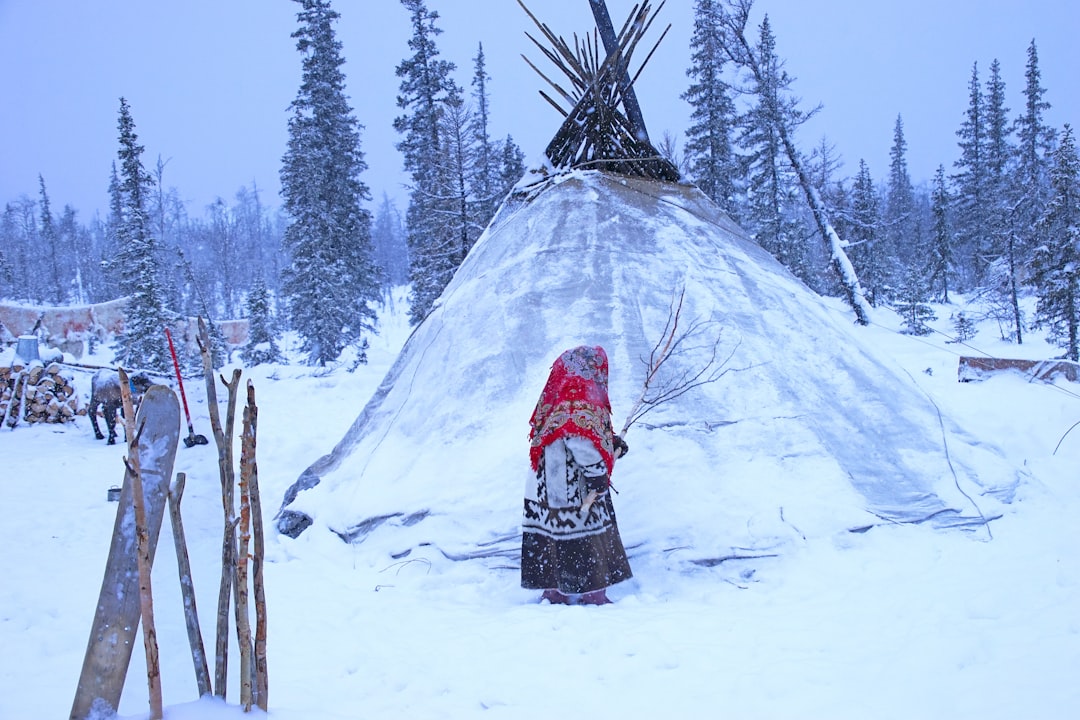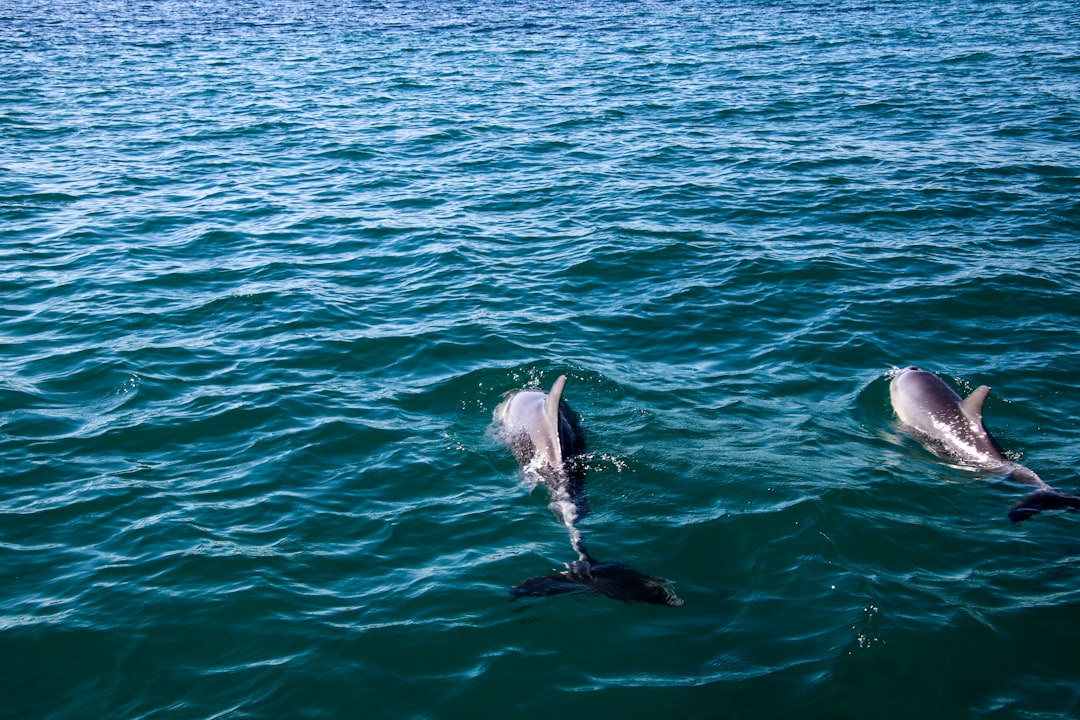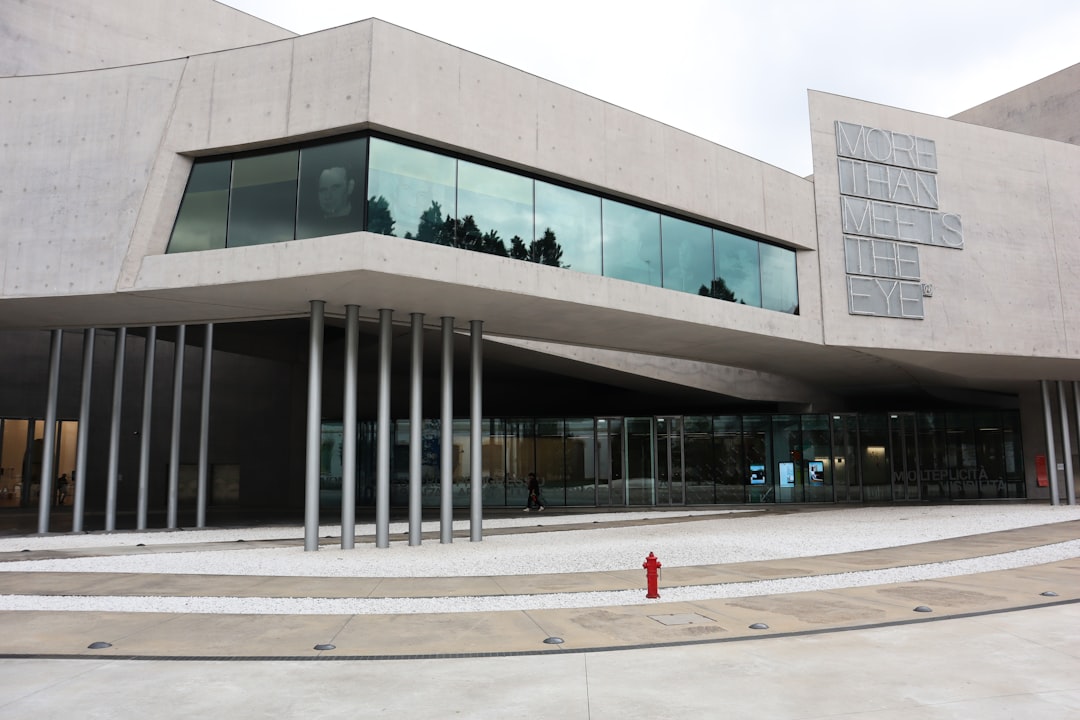# Indigenous Rights Highlighted at Climate Summit Protests

What happened
Protests took place during a climate summit in Belém, Brazil, with demonstrators advocating for Indigenous rights and including elements of mockery directed at former U.S. President Donald Trump. This event marked a shift from previous U.N. summits where dissent was more restricted.
Key facts
- The protest occurred on a Saturday in Belém, Brazil.
- Demonstrators called for the recognition and protection of Indigenous rights.
- The event included elements mocking former U.S. President Donald Trump.
- This protest contrasted with the more controlled environments of past U.N. climate summits.
Background & context
Climate summits, organized under the United Nations, are pivotal international gatherings where countries negotiate strategies to combat climate change. These summits serve as platforms for nations to commit to reducing greenhouse gas emissions and to discuss sustainable development goals. Historically, they have been venues for both formal negotiations and public demonstrations, reflecting the urgency and complexity of global climate issues. Indigenous communities often play a significant role in climate activism due to their deep connection to the land and the severe impact of climate change on their environments. These communities advocate for the protection of their rights and territories, emphasizing the importance of traditional ecological knowledge in crafting effective climate policies. Their involvement highlights the intersection of environmental justice and human rights, underscoring the need for inclusive policies that respect and integrate Indigenous perspectives. The presence of protests at the Belém summit, particularly those focusing on Indigenous rights, signals a growing recognition of these issues on the global stage. It also reflects a broader trend of increasing activism at climate summits, where civil society groups seek to hold governments accountable and push for more ambitious climate action.
Why it matters (for US readers)
For U.S. readers, the protest in Belém underscores the global nature of climate change discussions and the interconnectedness of environmental and social justice issues. Indigenous rights are a critical component of these discussions, both internationally and within the United States, where Indigenous communities face similar challenges related to land rights and environmental degradation. The mockery directed at former U.S. President Donald Trump during the protests highlights the international perception of his administration's environmental policies, which were often criticized for rolling back climate protections and withdrawing from international agreements like the Paris Accord. This aspect of the protest serves as a reminder of the global impact of U.S. policies and the importance of international cooperation in addressing climate change. Understanding these dynamics is crucial for U.S. audiences, as it provides insight into how domestic policies are perceived abroad and the potential implications for future international negotiations. It also emphasizes the role of the U.S. in leading or hindering global climate efforts, highlighting the need for informed and proactive engagement in these discussions.
Stakeholders & viewpoints
- Indigenous communities: These groups are at the forefront of advocating for their rights and recognition in climate policies. They emphasize the importance of protecting their lands and incorporating traditional knowledge into environmental strategies.
- Climate activists: Activists are pushing for more aggressive action on climate change, advocating for policies that address both environmental and social justice issues. They often use protests to draw attention to the urgency of the climate crisis and the need for systemic change.
- Political figures: Figures like Donald Trump are often focal points in climate policy debates. Their policies and statements can significantly influence public opinion and international relations, making them frequent targets of both support and criticism.
Timeline & what to watch next
- The protest took place on November 15, 2025.
- Future climate summits may see increased activism and calls for policy changes, particularly as the impacts of climate change become more pronounced.
- Observers should watch for potential policy shifts or statements from summit participants in response to the protests. These could include commitments to stronger climate action or increased recognition of Indigenous rights.
- The evolving role of the U.S. in international climate negotiations will be crucial, especially as new administrations may alter the country's stance on global agreements and environmental policies.
Sources
Up Next





